Thinking about booking Japan for your clients? From cultural customs to transportation tips, there’s a lot to consider when planning a trip to this incredible destination. Our Marketing Design & Content Specialist Annie Yu gathered her personal tips every travel agent should know to make the experience smoother and more rewarding.
1. When is the best time to visit?
Travel demand for Japan has skyrocketed recently especially with travelers wanting to visit during the busy cherry blossom season. This is typically late March to early May. Japan also has a yearly week-long holiday called Golden Week that is usually in late April/early March. Travel during this time is akin to traveling during Thanksgiving in the US.
The good news is that weather in Japan is pleasant year-round depending on what experiences your clients are looking for. But be warned, Tokyo is EXTREMELY hot and humid during the summer and even into late September. It’s a fantastic place to visit during the fall and winter months when the temperature averages around 65 Fahrenheit.
For your snow bunny clients, northern Japanese destinations like Hokkaido offer world-class skiing during the winter, earning the nickname “Alps of Asia.”
Further south, you will find beaches that rival those of the Caribbean in areas like Okinawa, Miyako, and Ishigaki.
Basically, as with any destination, the sooner you book, the better!
2. Does my client need to know Japanese?
There is no need for your client to be fluent in Japanese by any means! Japan prepared extensively for an influx of English-speaking visitors in anticipation of hosting the 2020 Olympics and those preparations still stand today. Even before that, Japan was already a very English-friendly country. Nearly all restaurants will have an English version of their menu. All street signs also have English and your clients will find that most locals are excited for an opportunity to practice their English.
Of course, it never hurts to learn a few key phrases like “sumimasen” (excuse me), “arigatou gozaimasu” (thank you), or “konnichiwa” (hello).
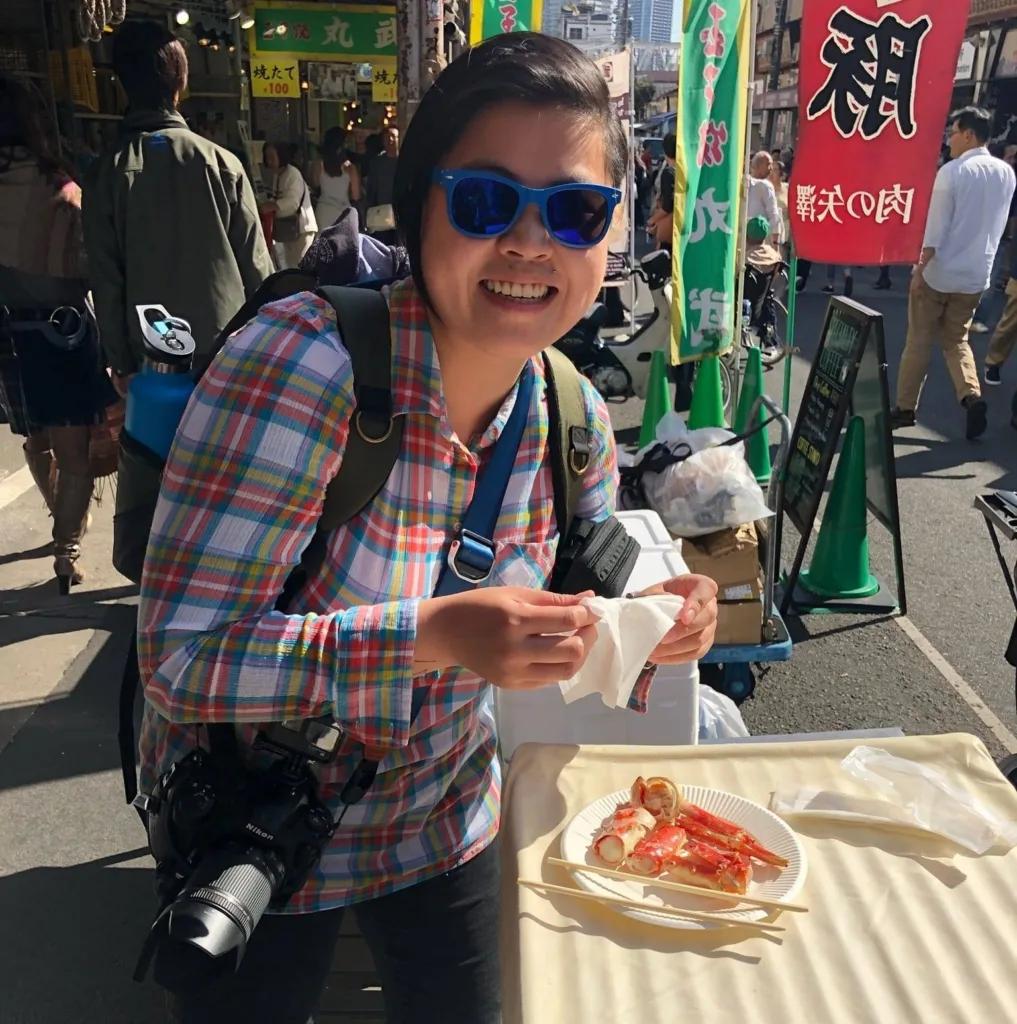
3. What’s the easiest way to get around?
Public transportation in Japan is INCREDIBLY reliable, safe, clean, and famously punctual. The average delay of a train is around 45 seconds, believe it or not! Google Maps (your client can purchase either a pocket WiFi or an eSim) is an absolute essential in navigating public transportation. It will even tell your client which train car is the least crowded. It is important to know that the trains and buses in most cities only operate from 5 am to midnight.
In your research on public transit, you’ll probably come across something called the Japan Rail (JR) pass and the Pasmo/Suica cards.
Which one(s) should your clients purchase?
In a nutshell, the JR pass is great for clients who will be traveling between multiple major cities (Tokyo-Kyoto-Osaka is the most popular route)–and the world-famous shinkansen bullet train is included! If they plan to do multi-city travel, the JR pass could save them some money. Note: the JR pass must be purchased BEFORE your clients land! They can then pick up their passes at the JR ticket offices at either Narita or Haneda airport.
For those clients staying in maybe only 1 or 2 major cities, the Pasmo or Suica cards work just like any other regular transit card. These can be purchased/reloaded at various convenience stores or automated machines located at the train stations and can be used with both trains and buses.
Uber is available in Japan but it connects users to traditional taxis instead of personal vehicles. There are taxi cabs available pretty much at every turn. It is worth noting that they can cost much more compared to taxi fare in other major cities like New York. This is why most people prefer to use public transportation. If your clients end up having any late nights, be sure to let them know of the operational times.
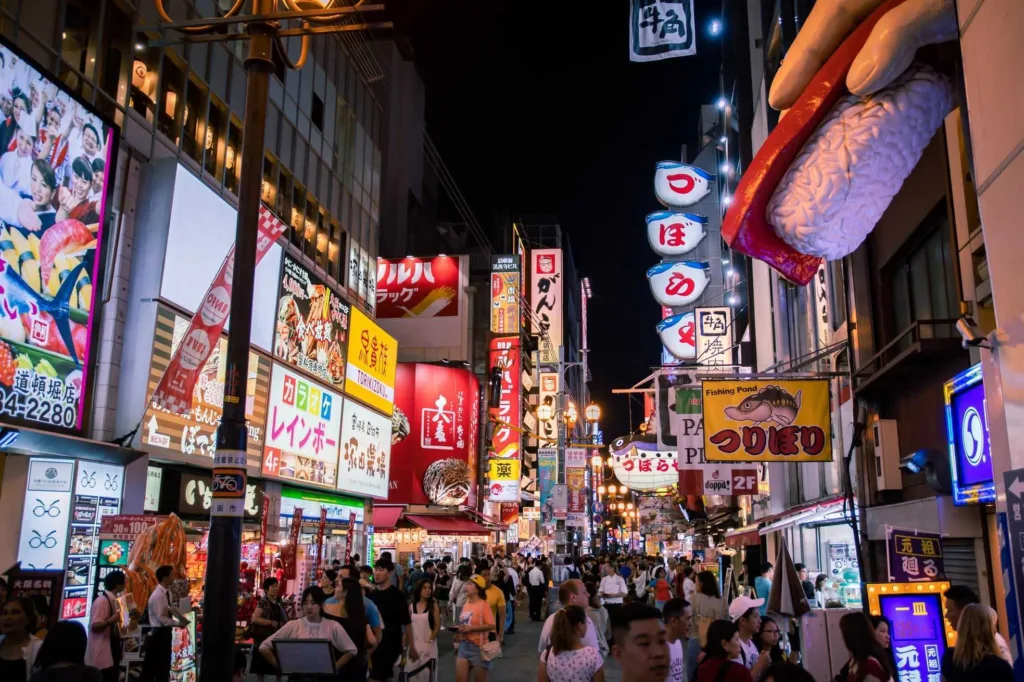
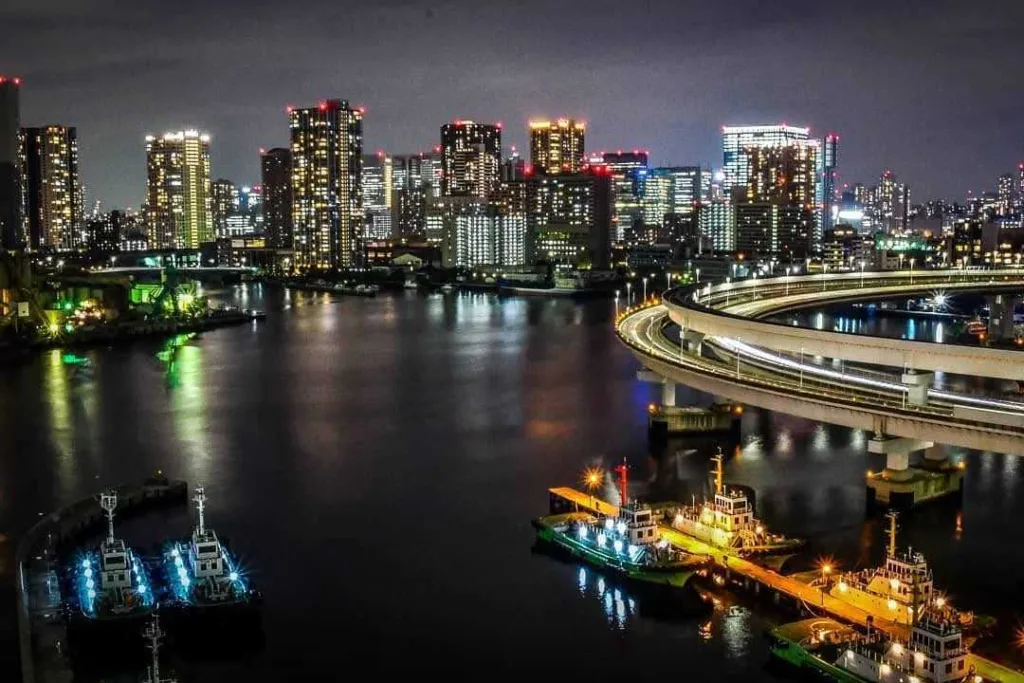
4. Cash or card?
It is highly recommended for your clients to have some Japanese yen on hand. Even though more businesses are adopting credit card payment methods, Japan is still mostly a cash-based society. ATMs are a great way to get yen for the best conversion rates.
Tipping is not a customary practice in Japan. In fact, it may be viewed as offensive and possibly lead to confusion since excellent service is considered a standard there. Instead, a sincere “arigatou gozaimasu” is the best show of appreciation.
Bonus tip: Japanese yen comes in both paper bills and coins with coins being more common. A coin purse would be the perfect travel gift for your clients so they don’t need to walk around with a pocket full of loose heavy coins!
5. Wow, good to know about tipping! Are there any other cultural distinctions my clients should be aware of?
Japanese culture is deeply rooted in respect and courtesy and that extends to visitors. You see that in nearly every aspect of the locals’ daily lives, so much that public trash cans are a rarity since everyone is expected to carry their own trash and recycle accordingly. Yet somehow, all the major cities are nearly spotless and public spaces are impeccable! It is important that visitors also follow these customs.
Here are some other cultural nuances to remind your clients to be aware of:
- ALWAYS remove your shoes before entering someone’s private home, as well as some temples and more traditional restaurants.
- Keep quiet on public transportation. This is seen as a courtesy to other commuters, so silence phones and speak in a low voice.
- This is going to seem like a strange one, but walking and eating is considered poor etiquette. Food stalls are found everywhere in Japan. It’s best practice to purchase the food and finish it near the stall or a designated seating area.
- As someone who is covered in visible tattoos, I quickly learned that tattoos are still a bit taboo due to their historical association with criminal activity. Many onsens (hot spring baths which are a popular activity for visitors) will deny entry to those with visible tattoos that can’t be covered up with patch. It is also highly recommended that people with visible tattoos dress more respectably when visiting revered sites like shrines and temples. I will add that when in Japan, I never once felt uncomfortable anywhere and I even got a few compliments from a few older locals!
- I cannot stress enough how safe Japan is! It’s not uncommon to see people napping in public parks or rows of bikes left unattended and unlocked or even young children riding the trains by themselves. Of course, clients should still always be aware of their surroundings, but Japan is consistently rated one of the world’s safest destinations for a reason.
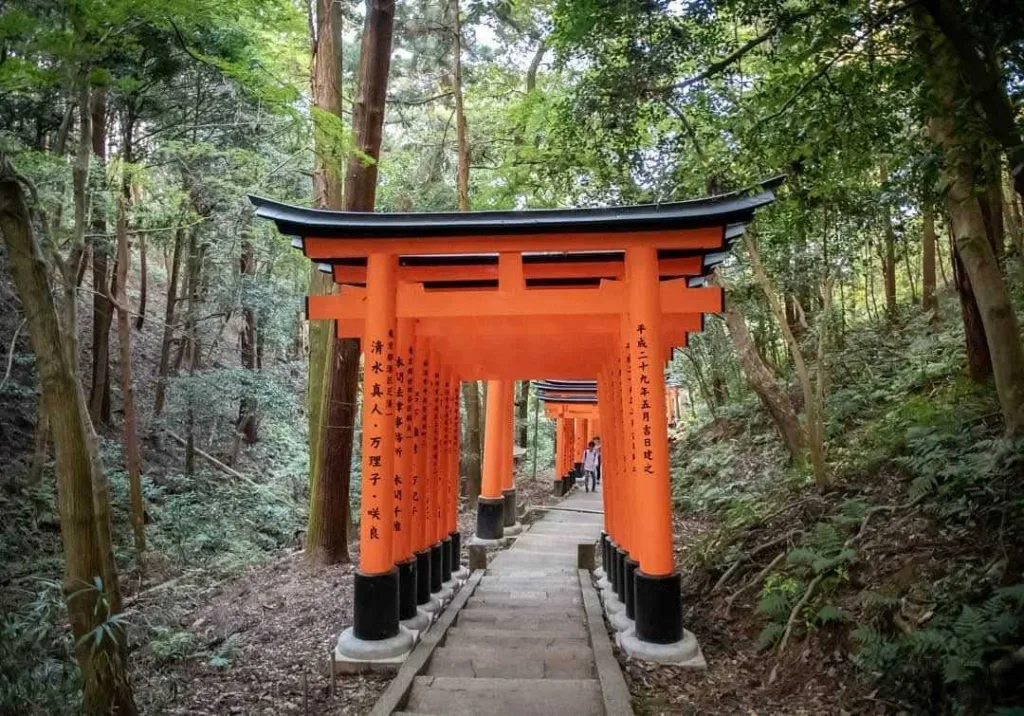
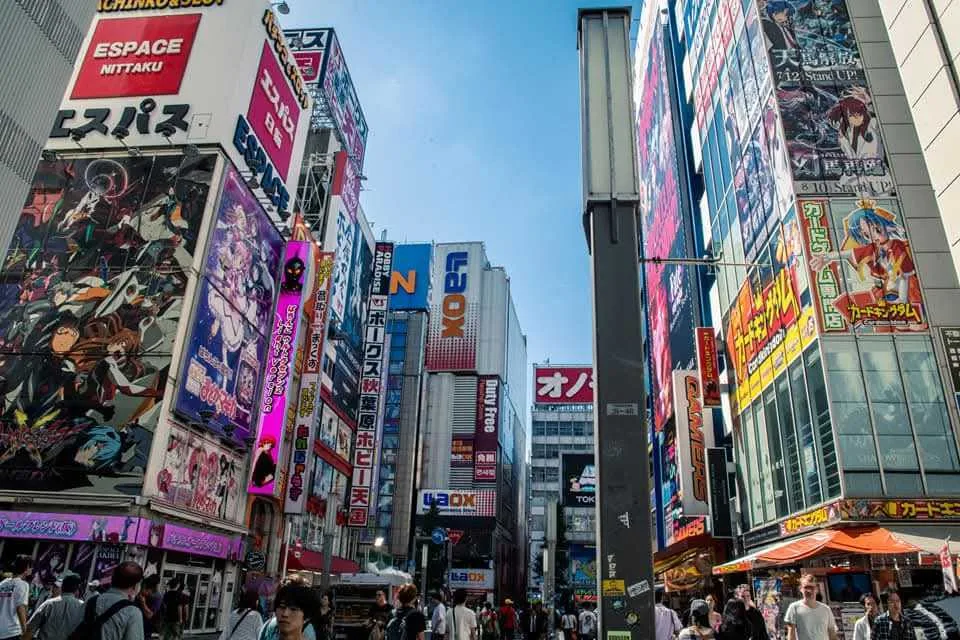
6. Are there any tourist laws my clients should know?
Your best resource is always going to be official visitor bureau sites like The Japan National Tourism Organization. Locally, it is technically required that visitors always carry their passports (a photocopy is not an acceptable substitute). In more touristy areas, some shops will even offer a discount if you show your passport upon check out!
7. My client has some accessibility needs; what can I recommend to them to make their experience as enjoyable as possible?
Fun fact: Japan is the originator of tactile paving using blocks called “tenji blocks” (braille blocks)! As of 2025, more than 95% of Japan’s major train stations are accessible. Major cities like Tokyo and Osaka are always working to improve that aspect of their infrastructure. This includes installing ramps and elevators at major train stations and employing English-speaking staff to assist with visitors, to taxis being equipped with wheelchair ramps.
Newer hotels are legally required to have accessible rooms. You might see these described as “universal room” or “barrier-free” on their websites. Usually, they’ll only have one available for booking to meet that legal requirement. The best way to inquire about booking this type of room is to contact the hotel directly via email or phone call. Information on accessibility is not generally available on their websites.
Staying at a traditional ryokan (inn) is hugely popular with visitors. Unfortunately, given the age of these structures, most of them are not wheelchair-friendly due to steps and traditional floor seating. If your clients are inquiring about a ryokan stay, you should consider looking at newer, more modern ryokans.
Like any rural area anywhere in the world, accessibility becomes more of a challenge. It will require more meticulous planning in terms of transportation and lodging.
Accessible-Japan.com is a wonderful resource for you to learn all about accessible travel in Japan!
8. My clients are visiting Japan on a cruise. Any ideas on how to maximize their time while in port?
Usually, large cruise ships will be docked at either Yokohama, which is about 15 miles southwest of Tokyo (this is about a 20-minute train ride to Tokyo) or the Tokyo International Cruise Terminal, which is in the Odaiba waterfront neighborhood. Be sure to check the cruise itinerary to see where the ship docks.
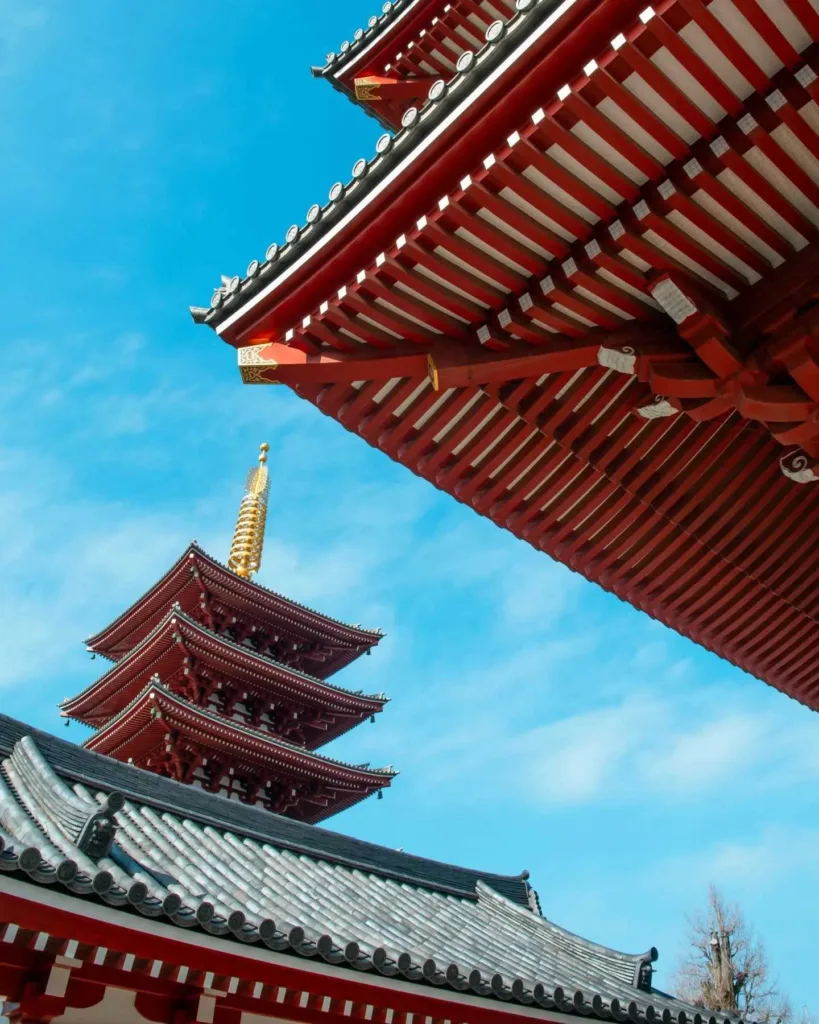
No matter where your clients are docked, they are only a short train ride away from the neon glow and wonderful sights and sounds of Tokyo! The city is officially made up of 23 different wards that contain dozens of distinct famous neighborhoods like Shibuya, Shinjuku (my personal favorite!), Ginza, and Asakusa. Each neighborhood has something unique to offer everyone. Be sure to hone in on your clients’ interests and research the neighborhoods to help them plan their day!
_________________________________________________________________________________
And one more bonus tip! Japan, especially Tokyo and Osaka, can seem like a whole other world. My advice to your clients is to keep an open mind throughout the experience, respect the local customs, and eat as many noodle dishes as you can!


